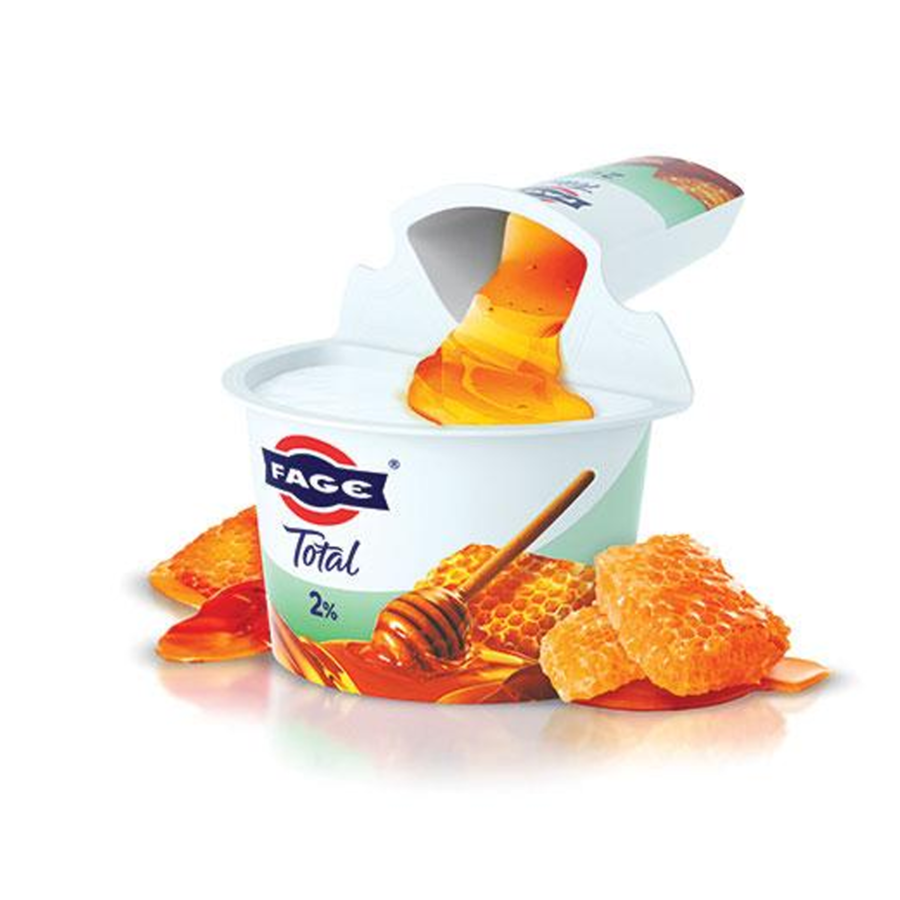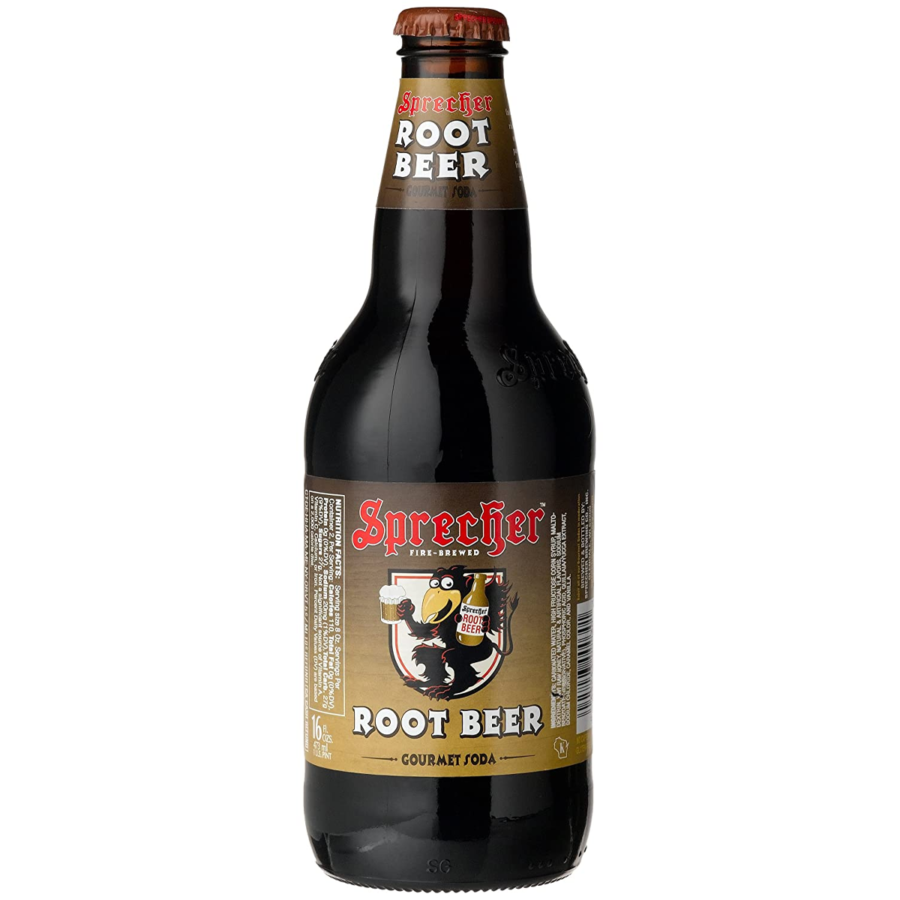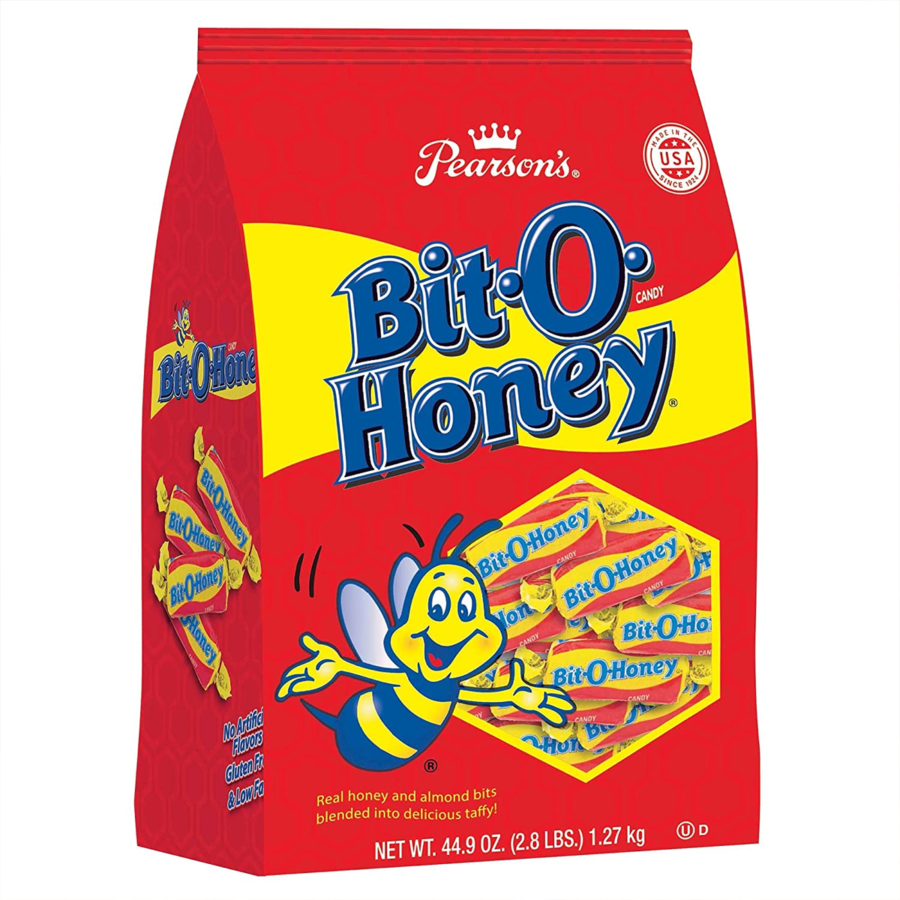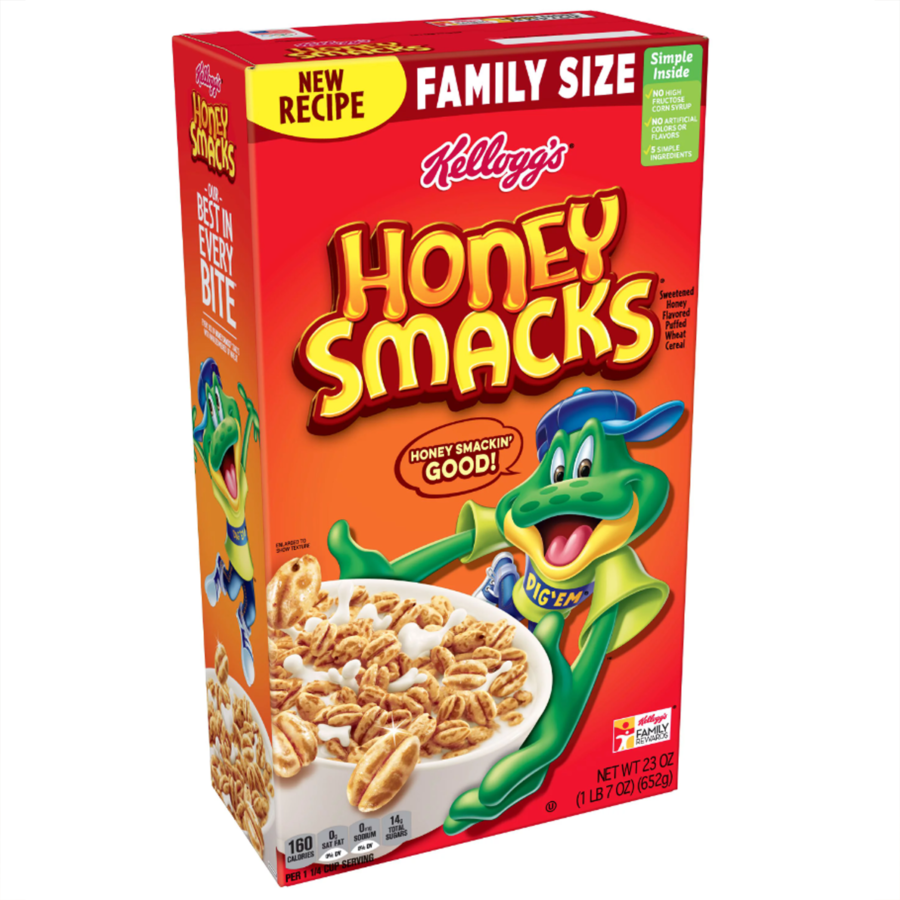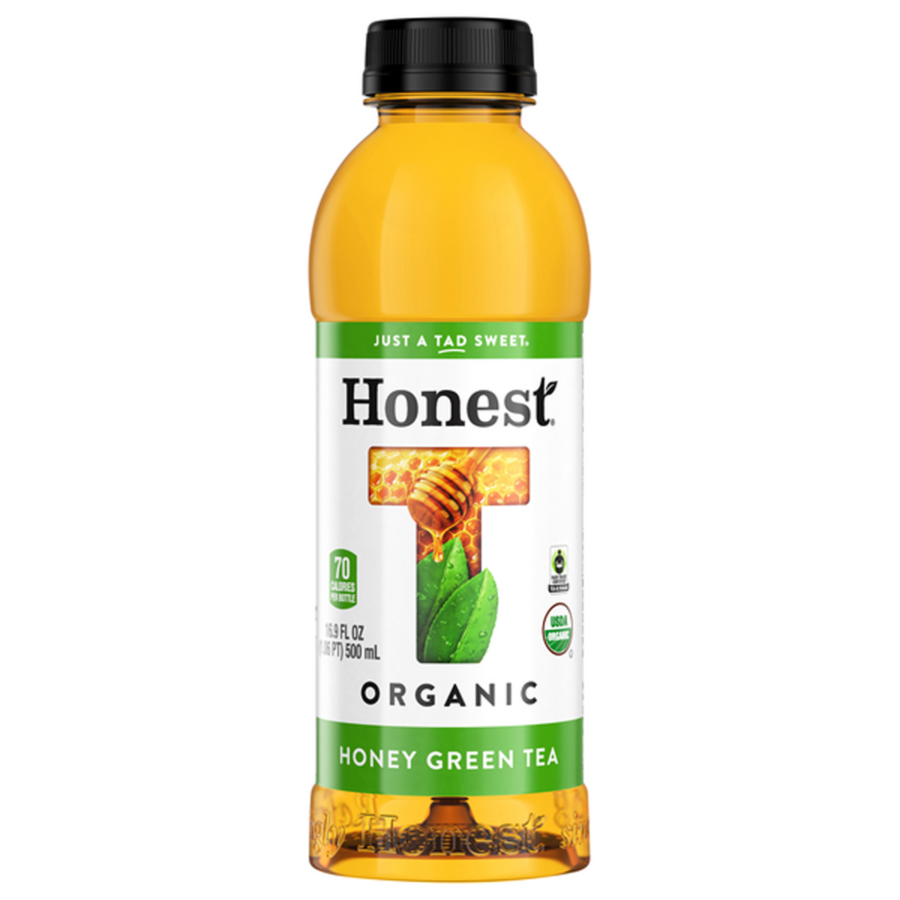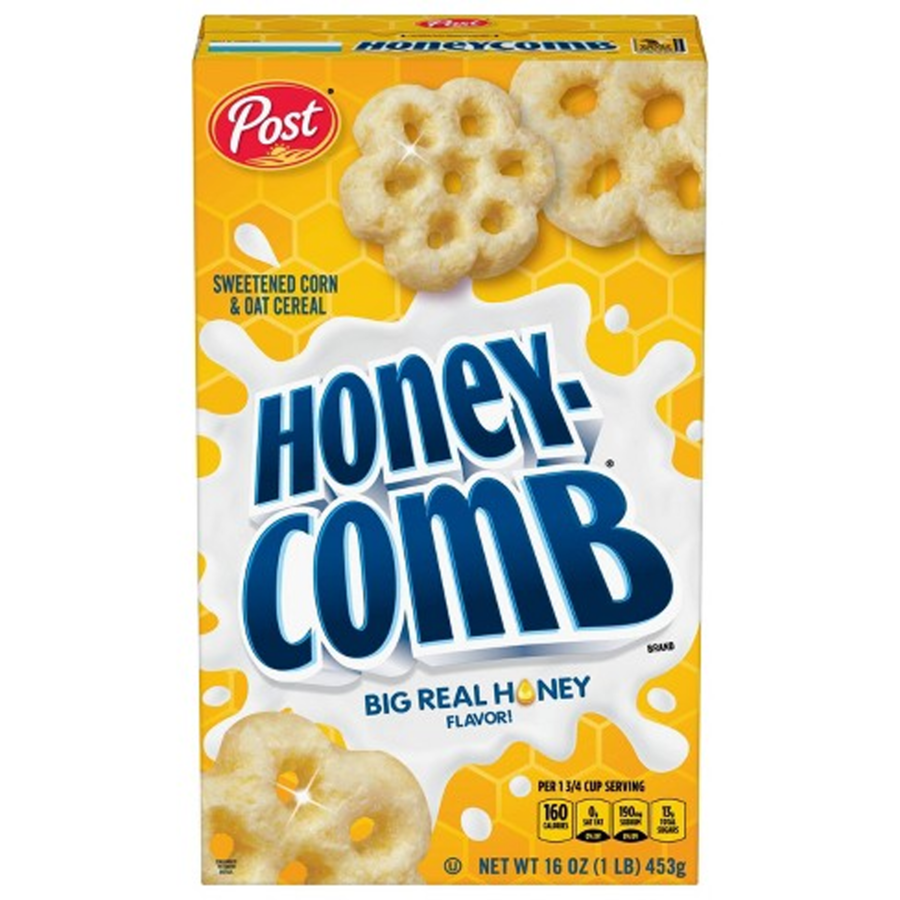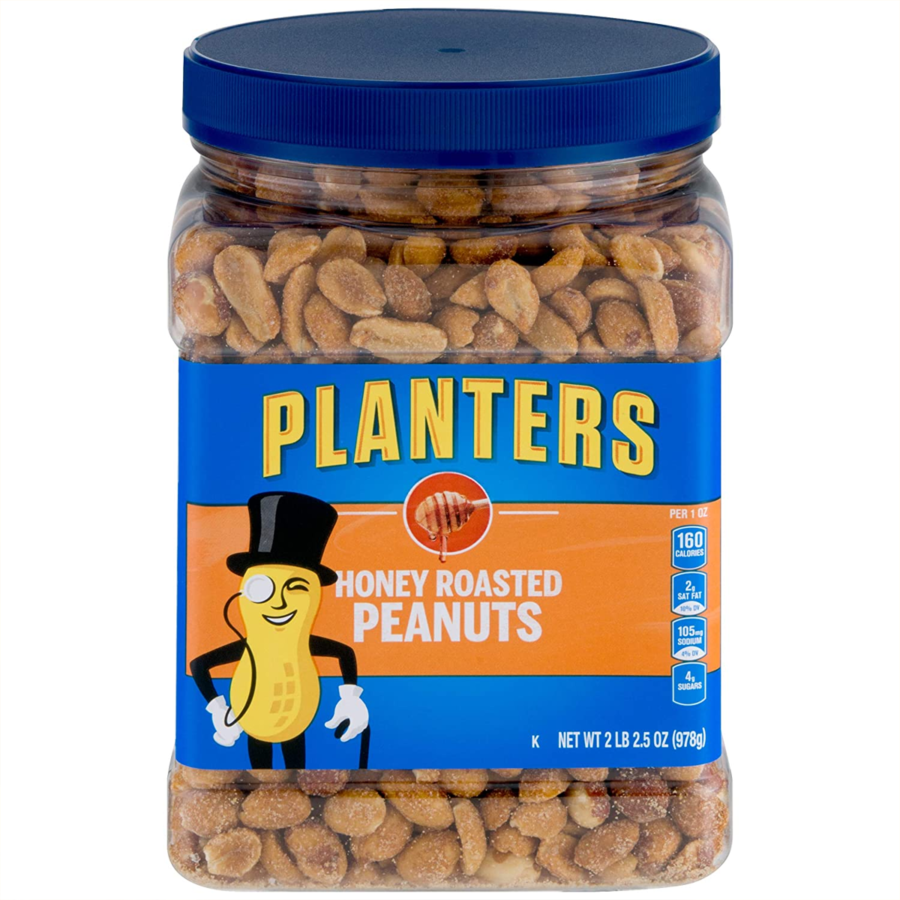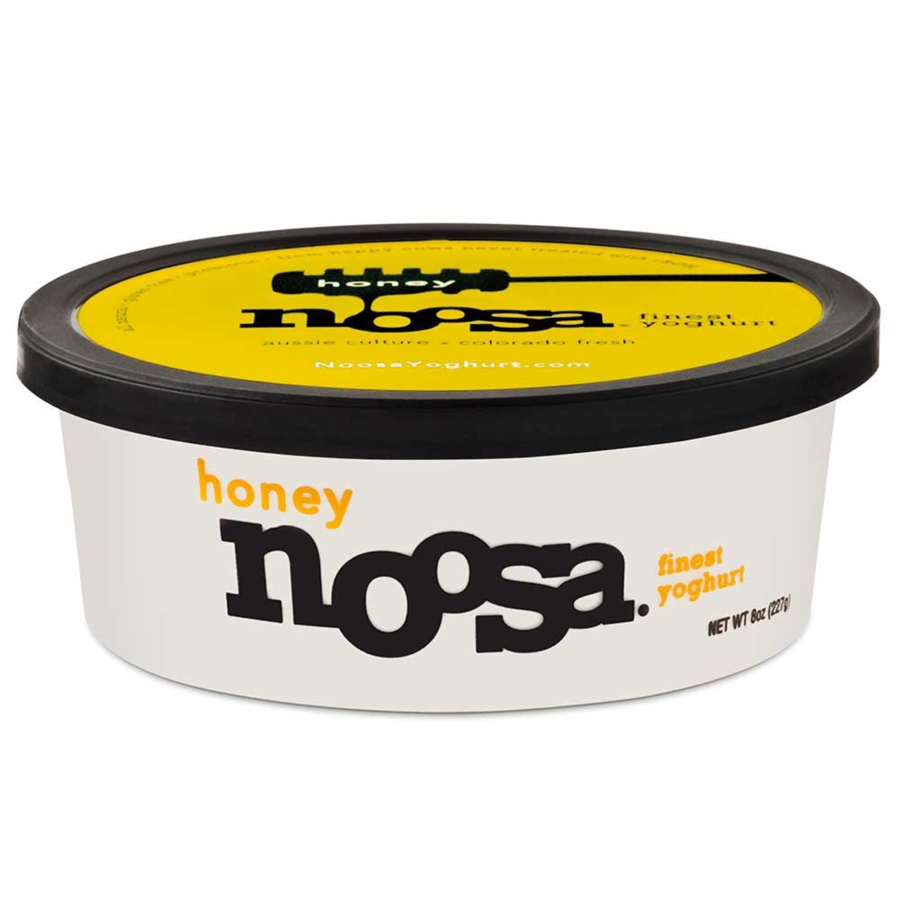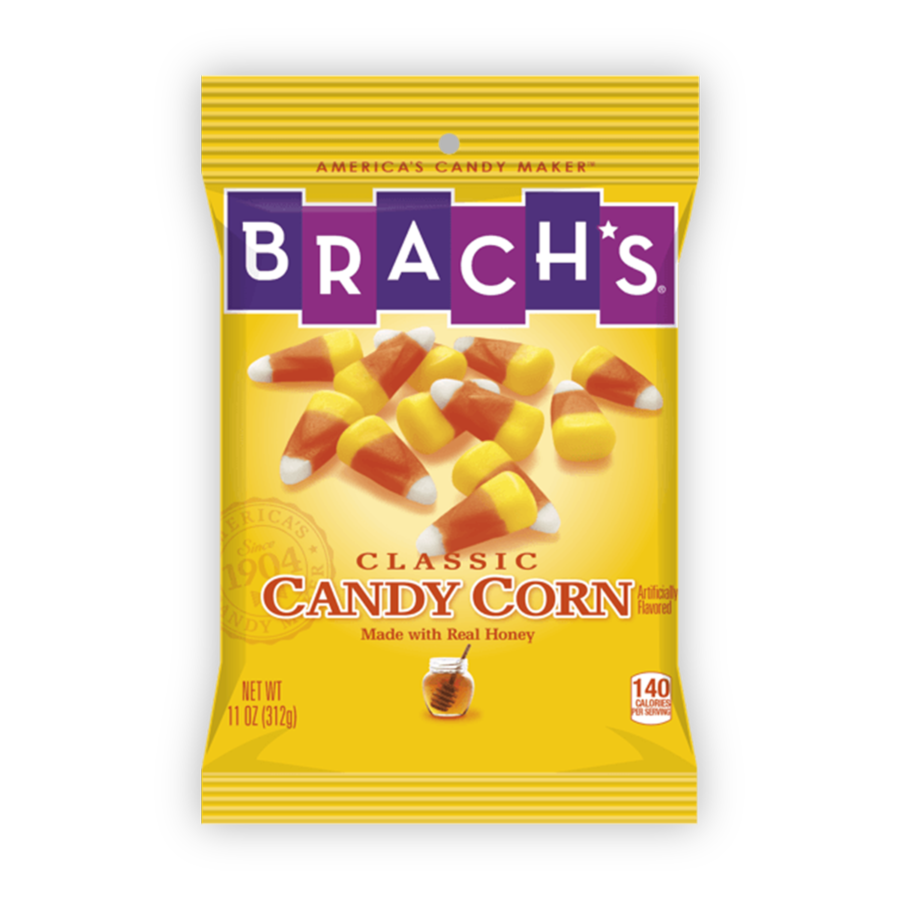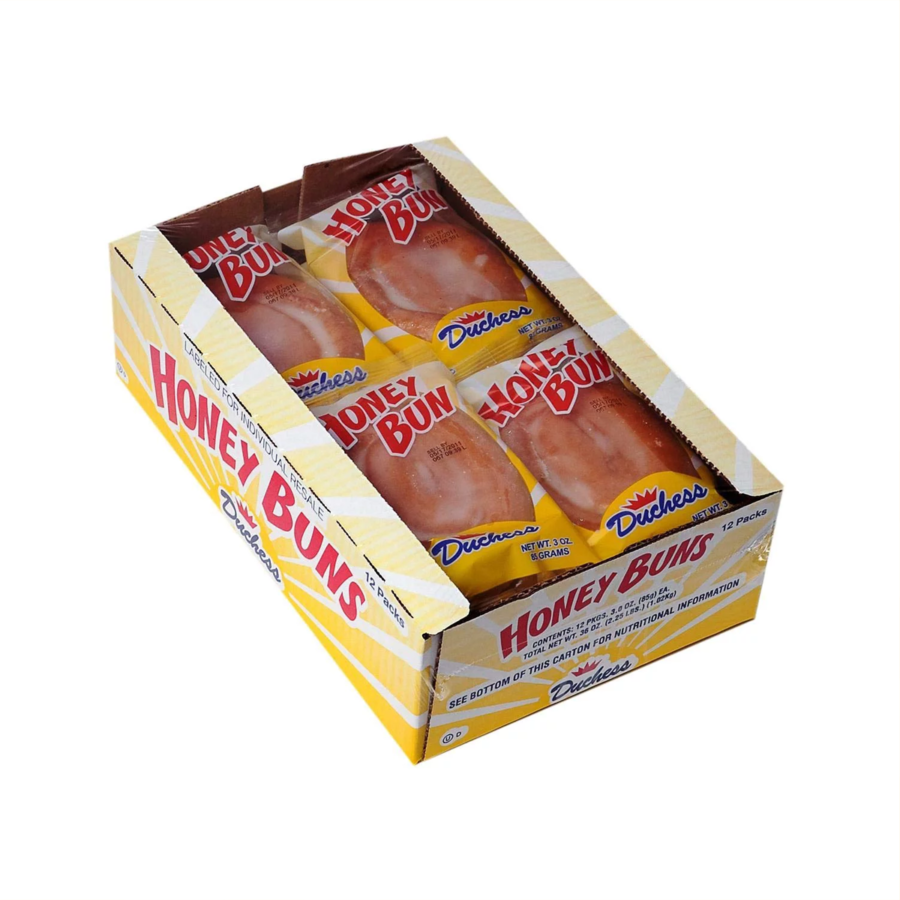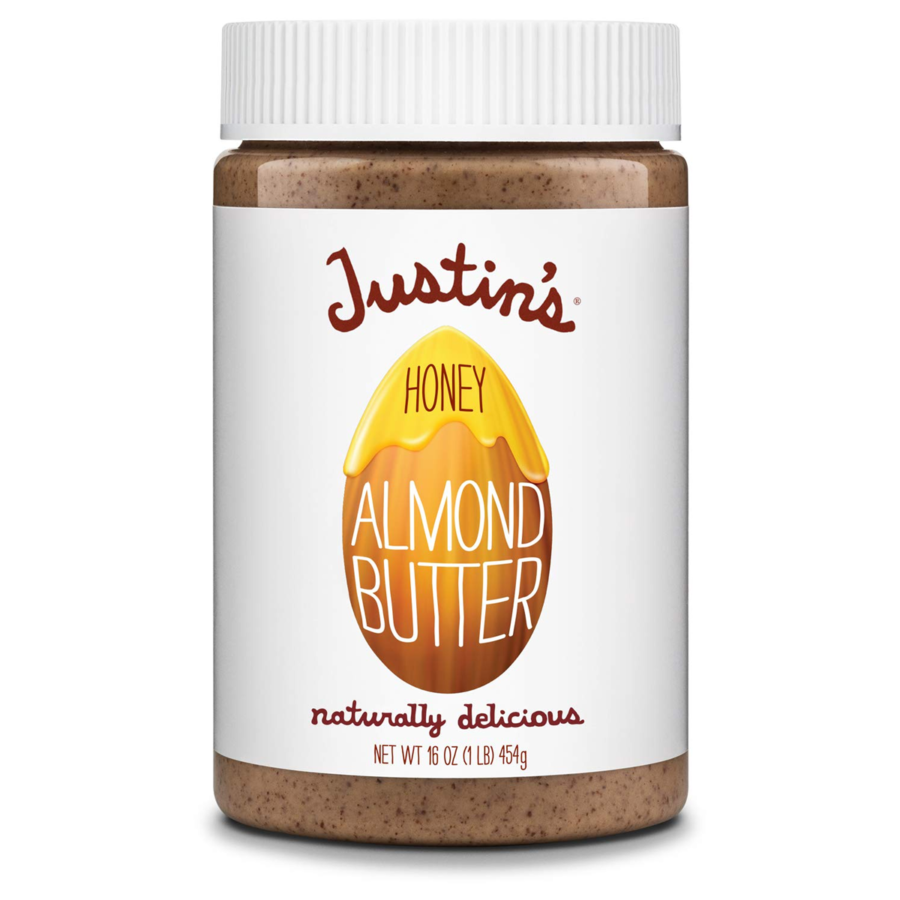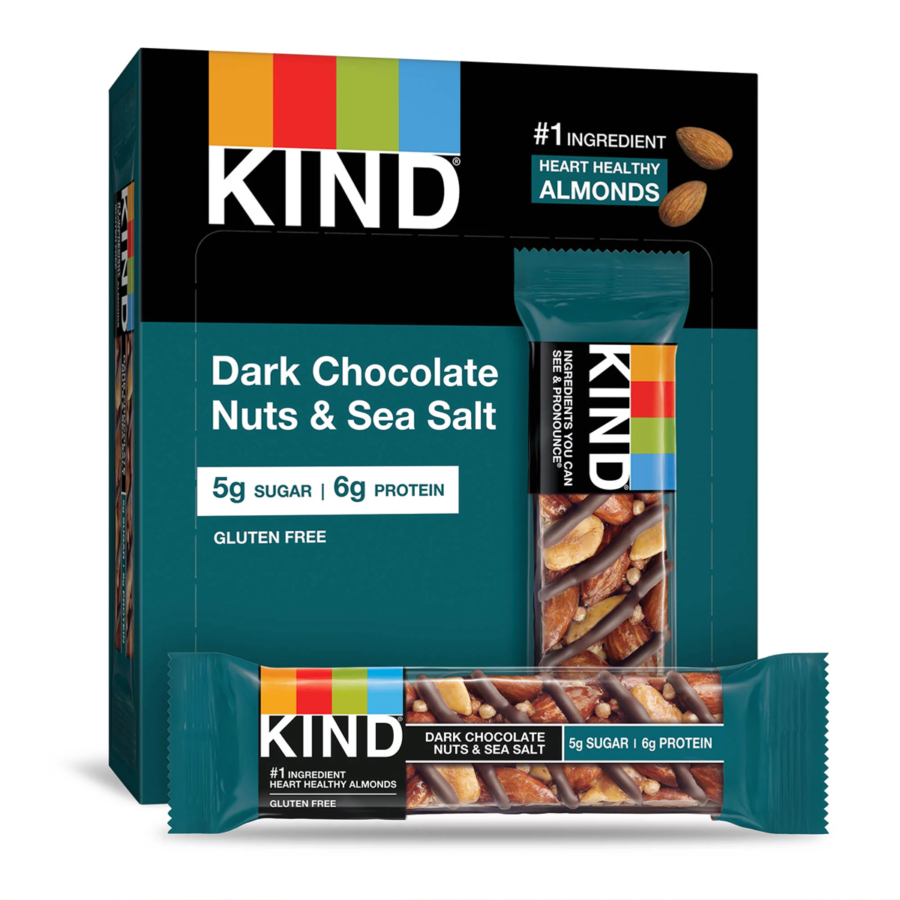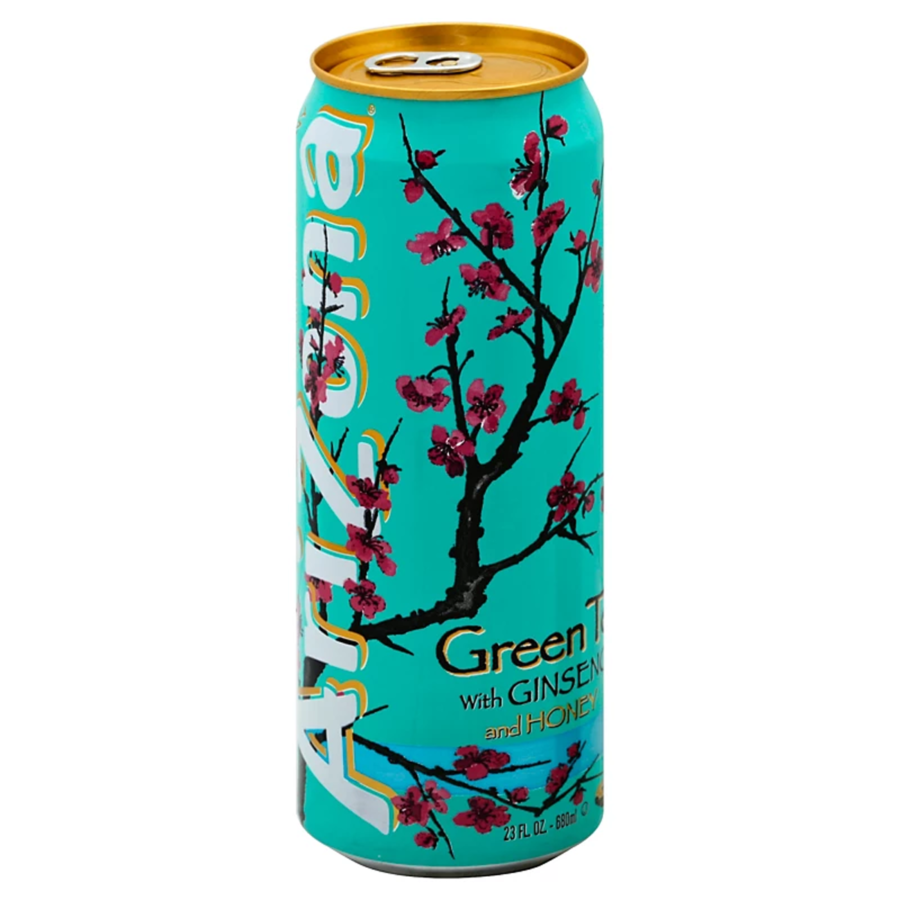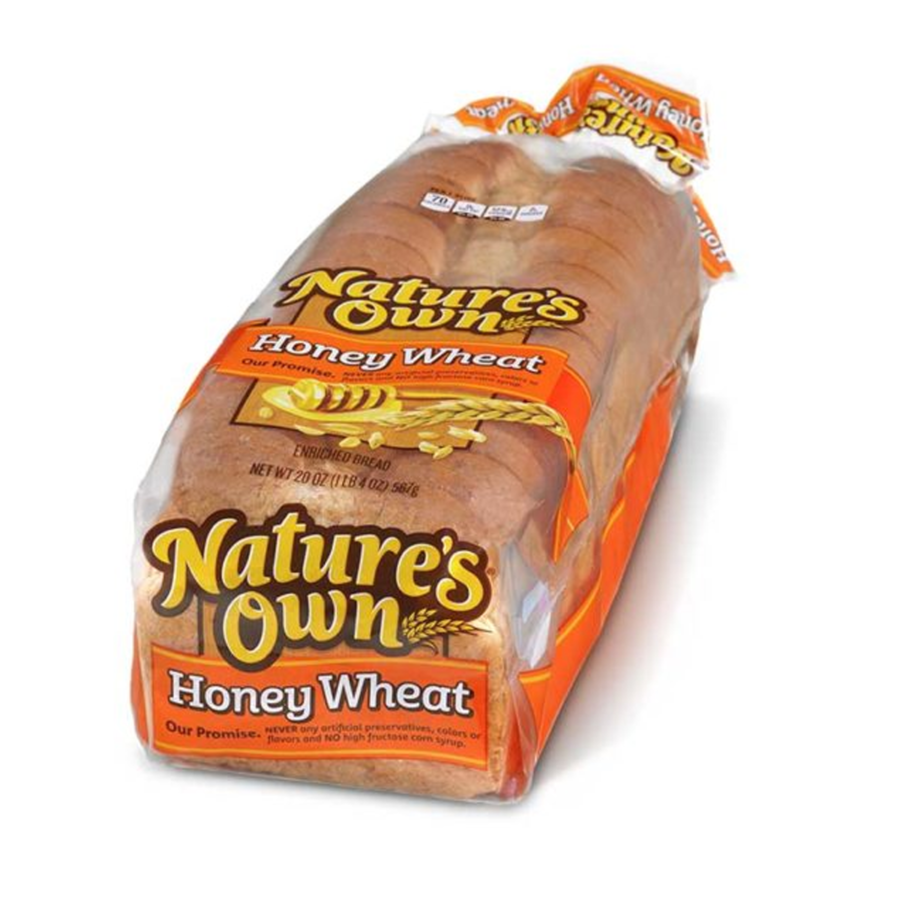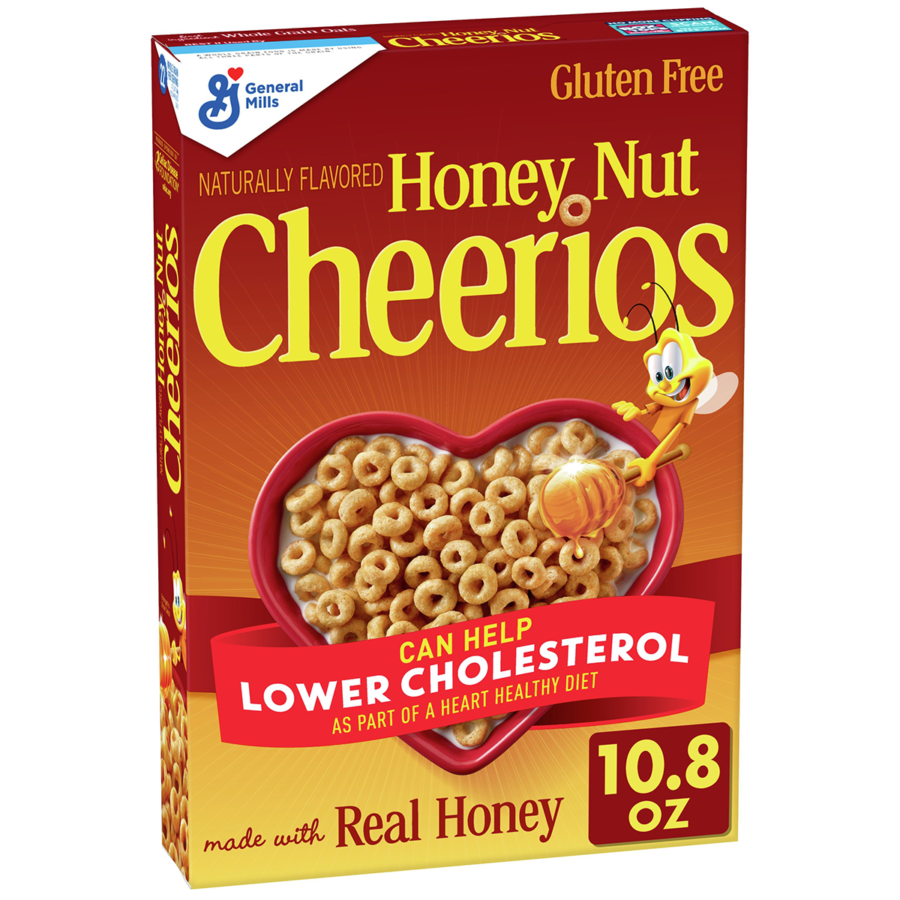1. Honey Nut Cheerios, General Mills
It should come as no surprise that Honey Nut Cheerios sits atop the Honey20 list of the most influential made-with-honey products of all time. The brand, which was introduced in 1979, possesses the two most important attributes of any enduring food and beverage brand: relevancy and sales.
Let’s start with sales. In 2021, Honey Nut Cheerios was the top-selling cereal in the United States — an impressive feat for a brand that’s 43 years old. Just as impressive, the brand’s spinoffs have undoubtedly added hundreds of millions in more sales over the years. In 2022 alone, General Mills was selling Honey Nut Cheerios Medley Crunch, Honey Nut Cheerios Treats Bar and a reformulated single-serve package for the USDA Child Nutrition Program.
Honey Nut Cheerios is one of the few ubiquitous food products that has most likely been consumed by a plurality of Americans. It’s one of the most influential cereal brands because it tastes great, of course, but also because General Mills has made all the right moves in keeping the cereal relevant, including:
- Made with Real Honey: Although Honey Nut Cheerios’ packaging design has gone through countless iterations, one thing has remained consistent: the focus on honey. In 2022, Honey Nut Cheerios’ packaging screams honey. It’s in the product name, and the phrase “Made with Real Honey” garners the prominent center spot of the box. General Mills has leaned into the use of honey because that’s what consumers want, which brings us to …
- Positioning: The promotion of honey complements the cereal’s positioning as a better-for-you option. The most prominent banner graphic on Honey Nut Cheerios states: “Can Help Lower Cholesterol as Part of a Healthy Diet.” Honey Nut Cheerios is one of the few products that delivers what consumers want: healthful indulgence.
- BuzzBee: When this lovable character was introduced, its role was akin to that of other cereal mascots such as Tony the Tiger, Count Chocula and Trix Rabbit. It was a cute mascot loved by kids and known by parents. However, as honey bee health became a major concern around the world, General Mills did not hesitate to use its platform to spotlight the issue. One such successful campaign involved removing BuzzBee from packaging to spotlight the importance of honey bee health on our food ecosystem.
- Honey and Honey Bee Education: As one of the largest users of honey in the world, General Mills has not shied away from its role as an educator about all things honey and honey bees. Through influential ad campaigns and website content, the company has shined a spotlight on the importance of beekeepers, honey and honey bees.
- Popular Culture: We all remember the Usher commercial, right? It’s just one of countless ways Honey Nut Cheerios has become a pop culture icon.
A book could be written about the enduring success of Honey Nut Cheerios since it first landed on store shelves in 1979. It’s as much of a part of Americana as apple pie and a clear choice as the most influential made-with-honey product in the United States.


